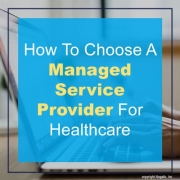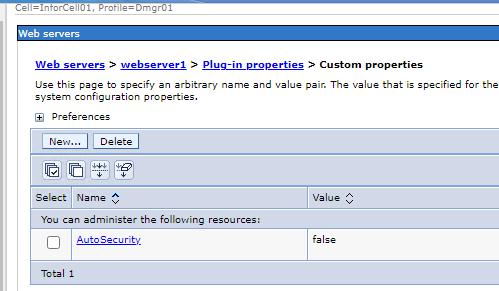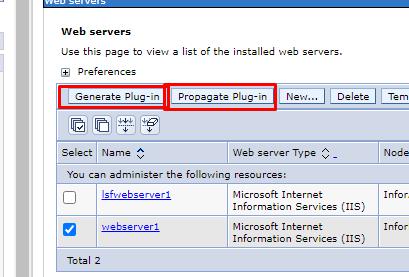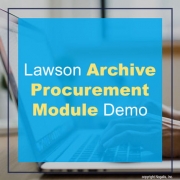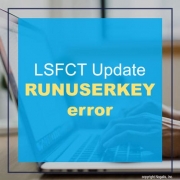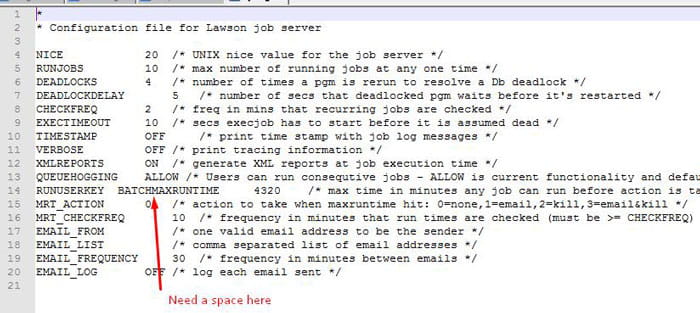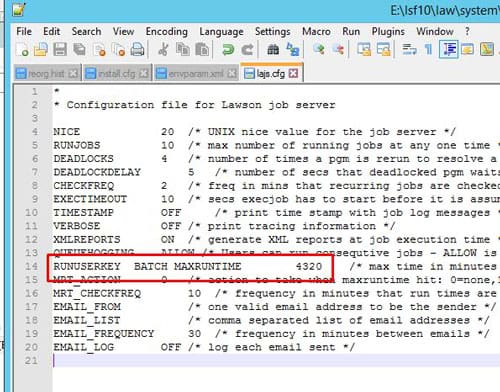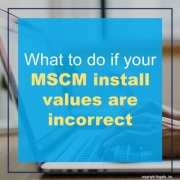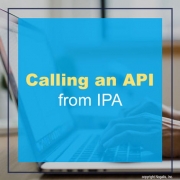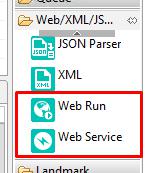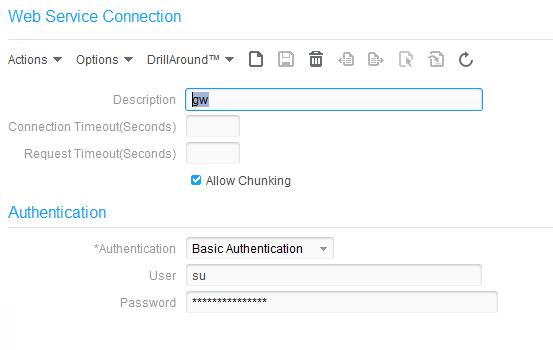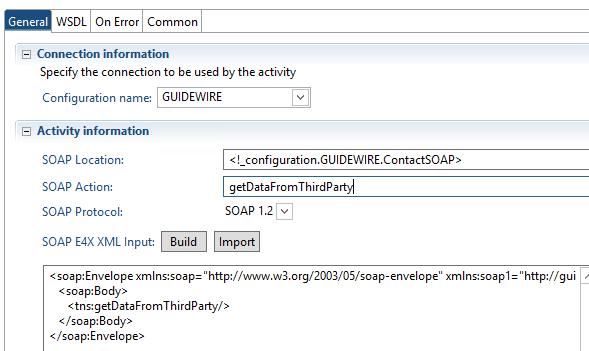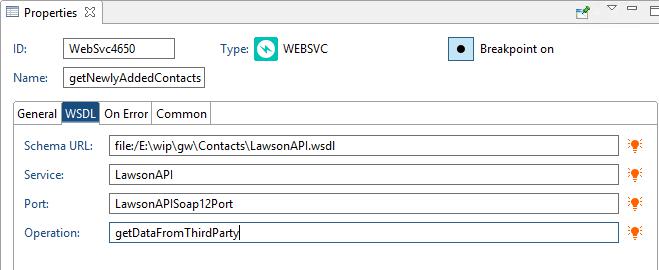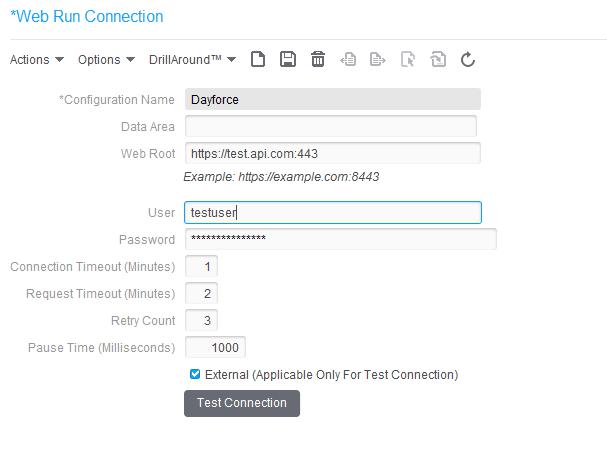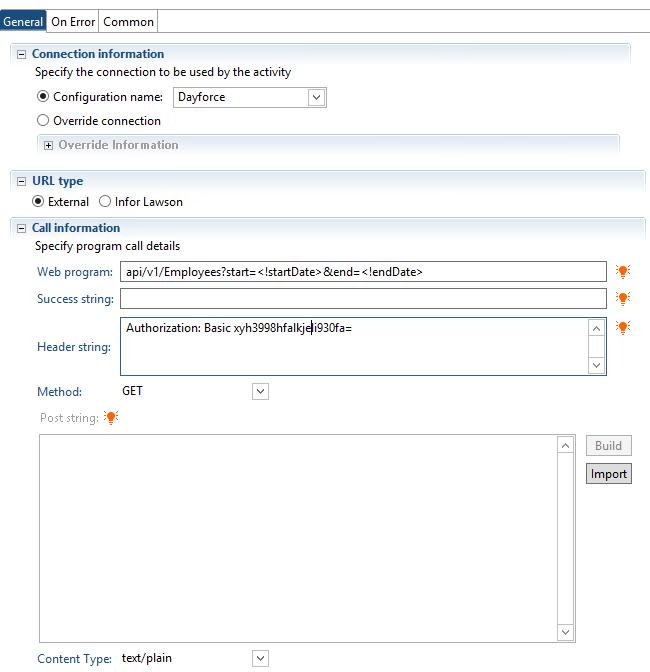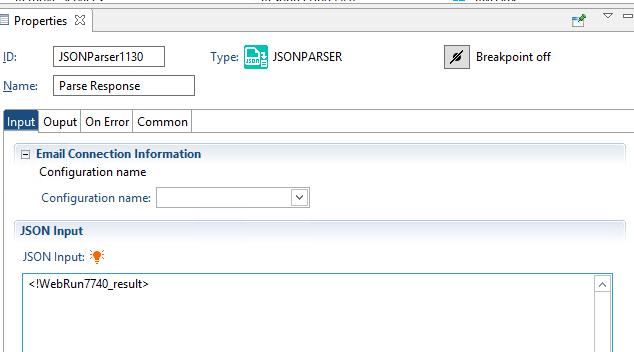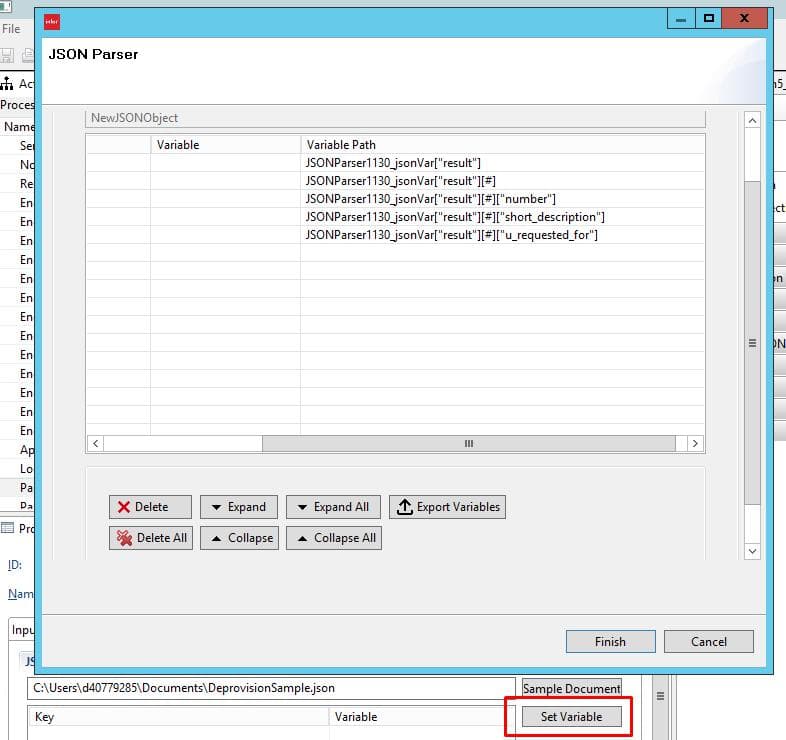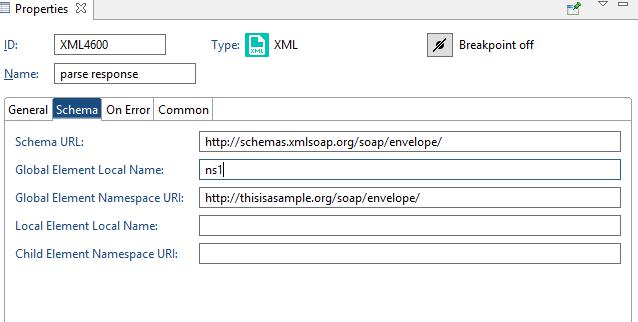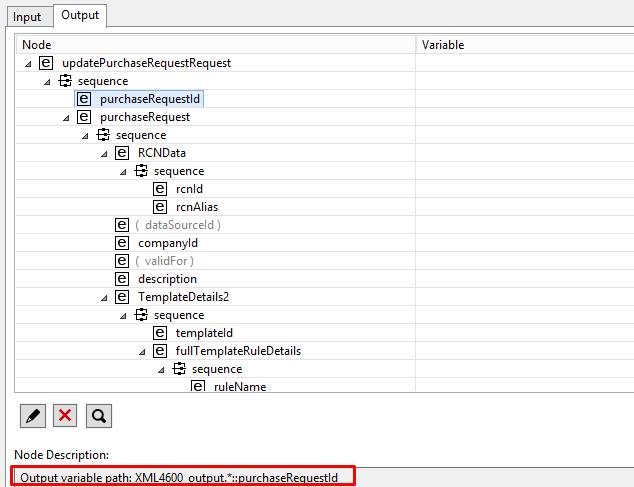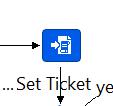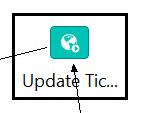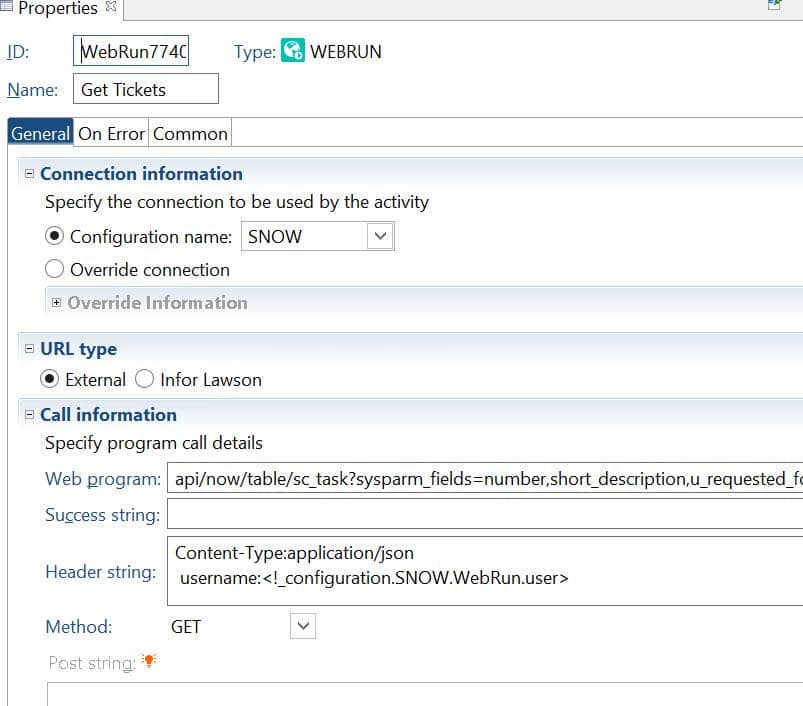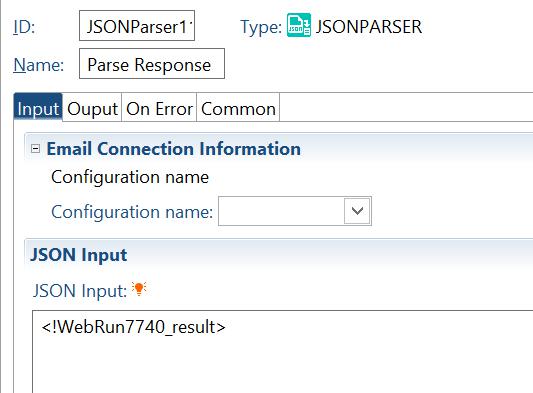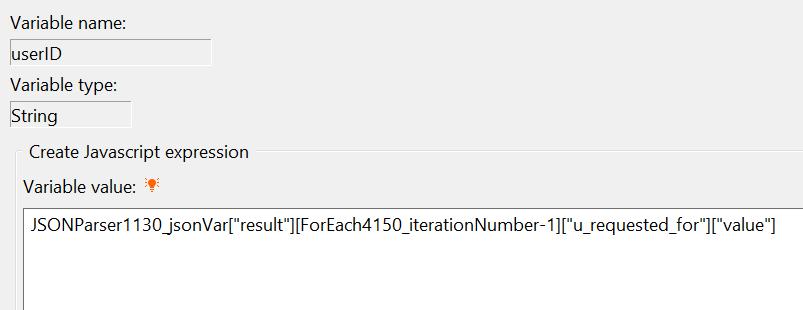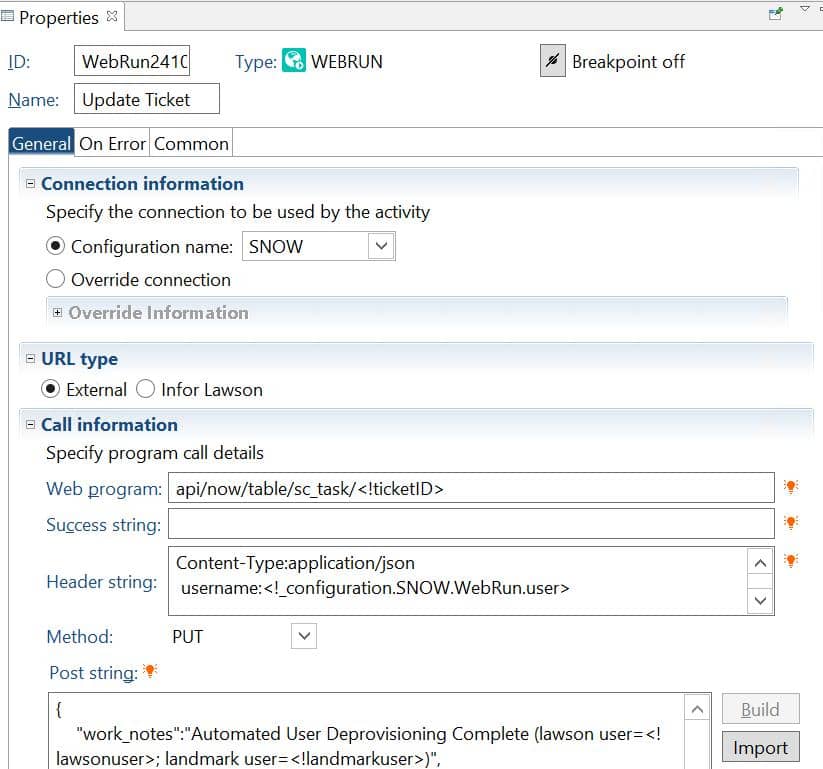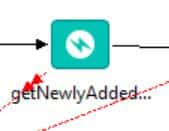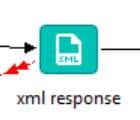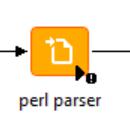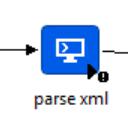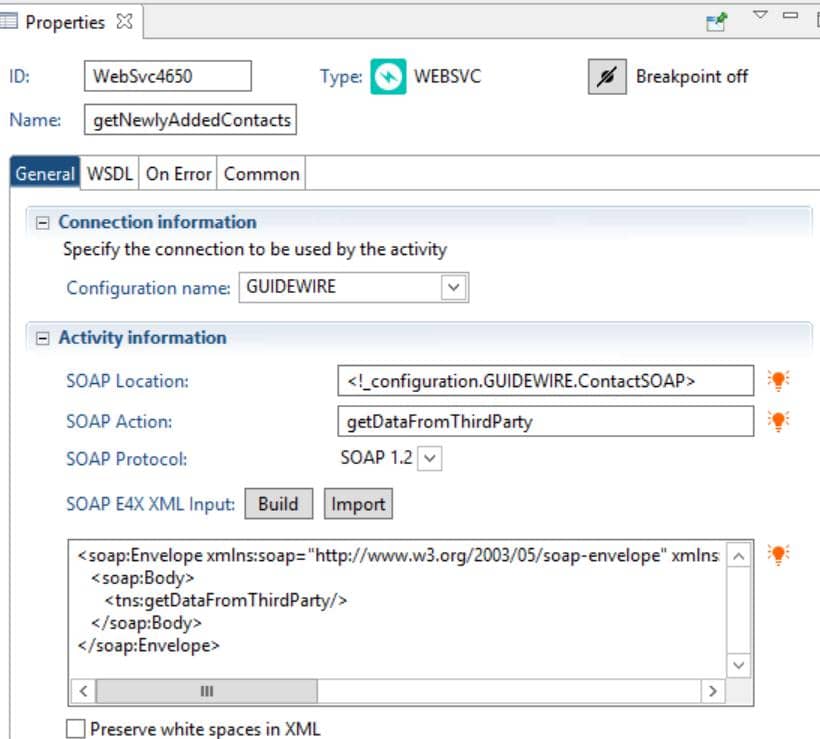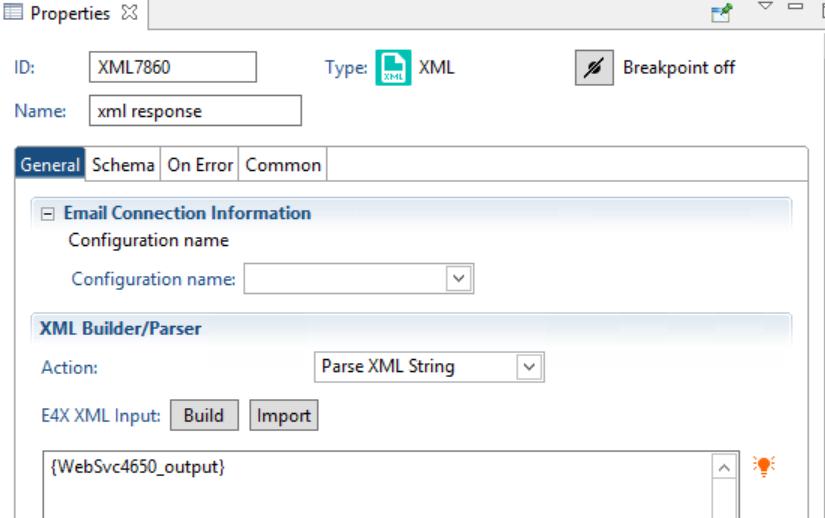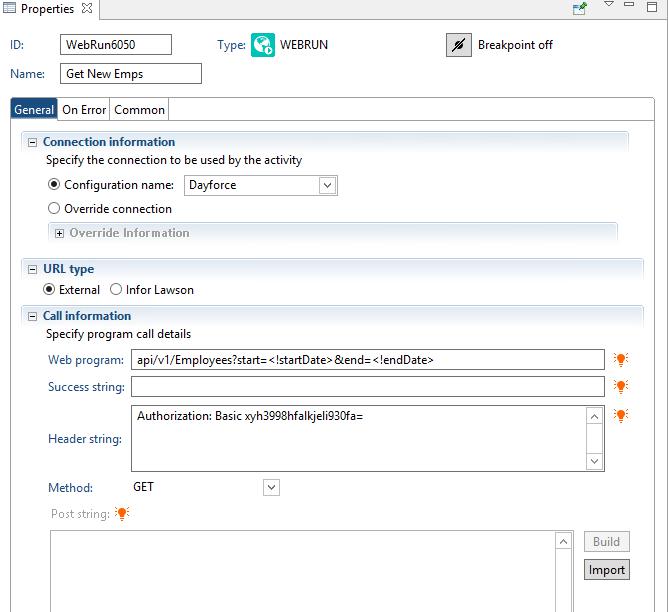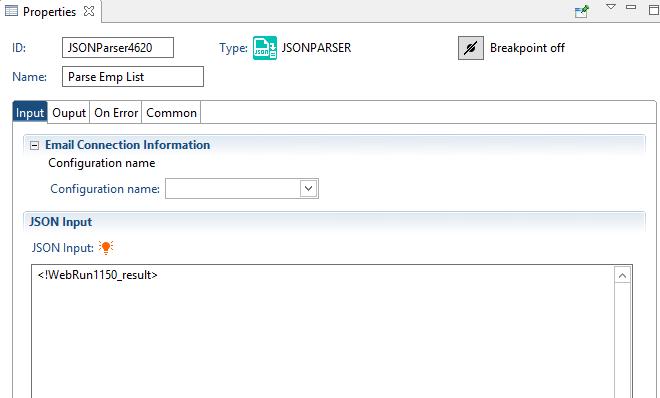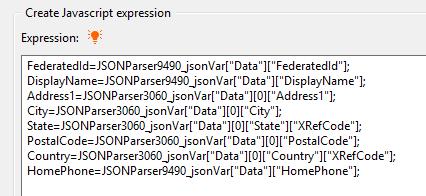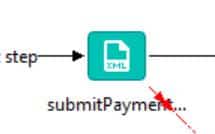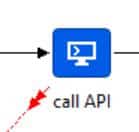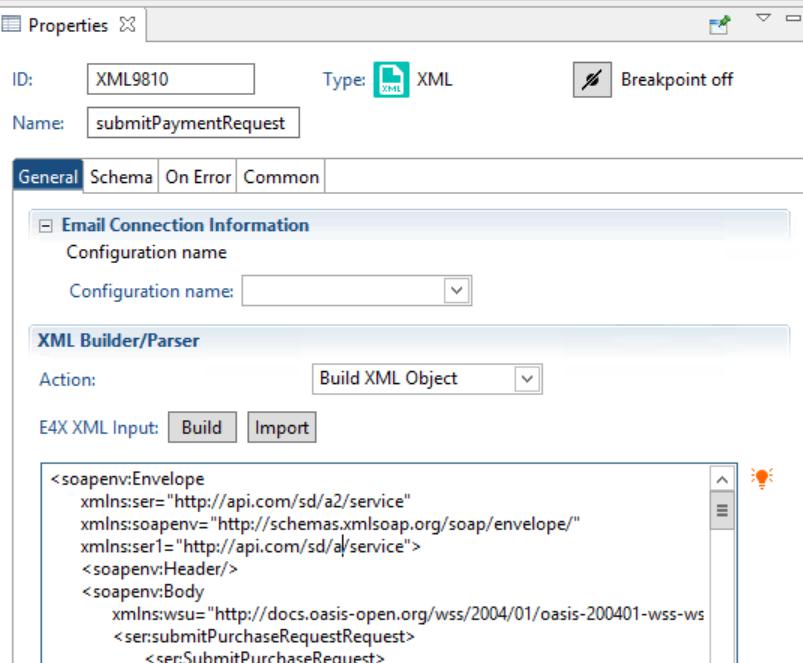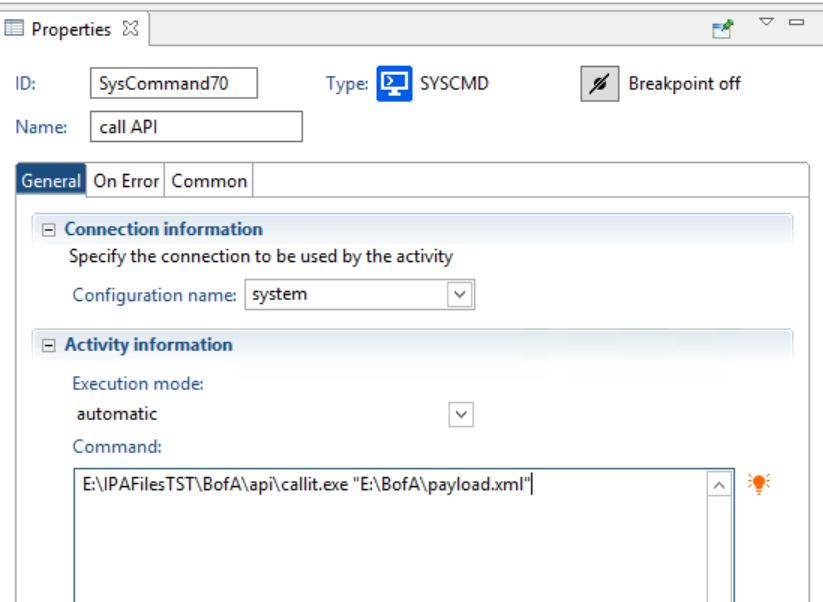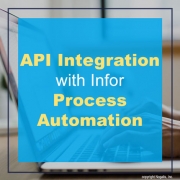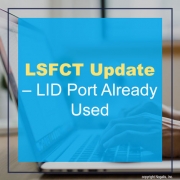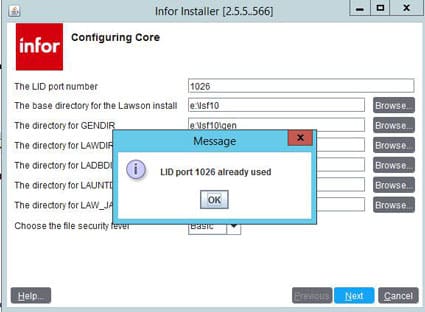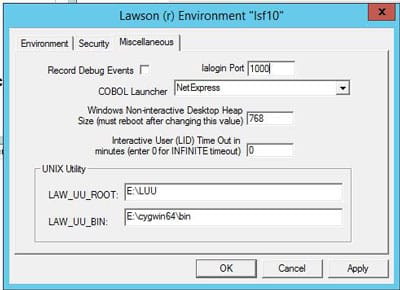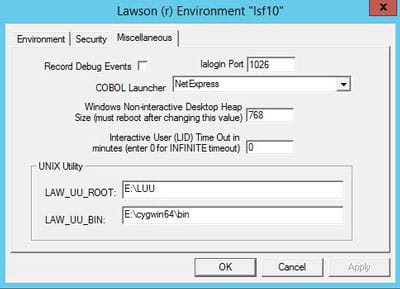Managed services are now one of the fastest growing sectors of the enterprise technology landscape. Many companies now turn to Managed Service Providers (MSPs) for help. MSPs have economies of scale on their side, allowing them to charge for basic IT services less and offer a wider range of expertise. Sources: 2, 9
In order to keep pace, optimize system performance and improve patient care, healthcare providers are increasingly working with MSPs. As managed IT services offer the right mix of security, scalability, reliability and flexibility needed to transform IT, healthcare organizations under pressure to maintain their own IT services on tight budgets are increasingly looking to these MSPs to manage some of their IT operations. Many healthcare providers take a “managed IT service” approach and work actively with these service providers. Sources: 7
If you do not have an IT department to manage your own technology, you can still benefit from hiring a (MSP). Whether you have your own IT department or not, companies are finding that they can save time and money and increase efficiency and effectiveness by signing contracts with an MSP to strengthen their existing IT staff.
Your business is special, your goals are important, your needs are important, and your MSP should treat you with the respect that your business deserves. You should never feel like you’re just another number in a new customer book of IT managed services providers.
Once you have interviewed a managed service provider, you should consider whether it offers traditional managed services or next-generation managed services. This is especially true for managed service providers who end up with complete administrative access to your entire network. The offerings will vary, but with next-generation database managed services providers, you can place greater emphasis on accessing strategic partners who can help you accompany your data journey, taking into account the mentality that traditional database management service providers offer. Sources: 5, 10
Your MSP is your IT protector, intermediary and Sherpa, grouped into an IT service provider that supports your business to the extent that suits your specific needs. Your MSP gives you access to remote support staff, infrastructure management, health monitoring, scheduled on or off-site support.
Here are some tips and advice for the information age to help IT executives choose a managed service provider and get the best out of them. It feels as if the term “managed service provider” (MSP) has existed since the dawn of computer technology. In short, a managed service provider is a company that outsources or manages parts of an organization to its platform. Sources: 1
MSPs are growing in popularity: according to the 2017 IDC Application Services Survey, 30% of managers outsource the management of their organizations “infrastructure and application portfolios, rising to 41% in the next five years. Sources: 1
Database-managed service providers, also known as MSPs, manage the technical infrastructure, databases and systems of customers. The services offered by an MSP include managed infrastructure, data and cybersecurity. As technology changes, database management service providers must have a wide range of resources at their disposal to develop their services and software to provide their customers with the best possible service. Sources: 10
In response, US hospitals may consider using services from an MSP as an MSP can help your institution recruit experienced clinical talent, simplify your work process and get an invoice from one contact. Many will present you with a list of services they can offer you at a price. Sources: 3, 6
Choosing the right MSP is not as simple as comparing the list of services they provide and going with the provider with the lowest cost. Gain an understanding of the MSPs of your organizations by evaluating your IT environment. Your MSP is more likely to see you as a partner, and your success will depend in part on you. Sources: 0, 6
A potential MSPs scope of business may not be as laser-focused as a top-tier MSP, and they may not deliver the focused attention and dedication your business deserves. An effective managed service provider is one that explores more information about your business, your needs, your challenges and your goals. An MSP needs to know who you are and where you want to go, from monitoring your technology to expanding your business. Sources: 0
Cited Sources
- https://www.elbo.net/post/9-tips-for-choosing-your-msp 0
- https://www.information-age.com/essential-guide-managed-service-provider-123472938/ 1
- https://www.taylored.com/blog/your-guide-to-choosing-a-managed-service-provider/ 2
- https://www.medicalsolutions.com/blog/client/client-services/what-is-a-healthcare-msp/ 3
- https://sbscyber.com/resources/choosing-a-managed-service-provider 5
- https://www.getgds.com/resources/blog/business-it/choose-managed-services-provider 6
- https://www.secure-24.com/blog/five-reasons-healthcare-providers-should-engage-managed-services-providers/ 7
- https://www.nortec.com/picking-the-right-managed-service-provider-in-5-easy-steps/ 9
- https://fortifieddata.com/what-to-look-for-in-a-database-managed-service-provider/ 10

